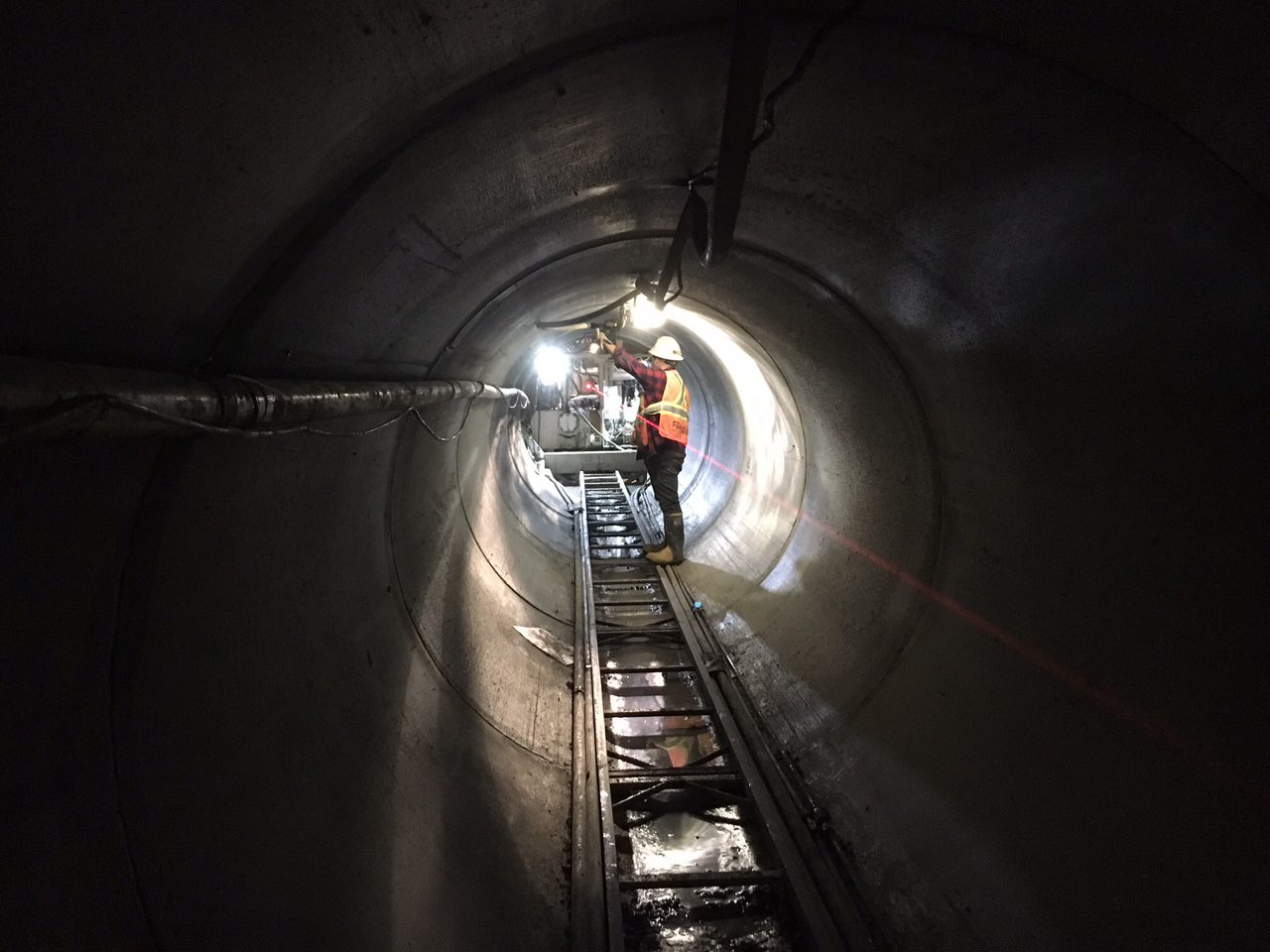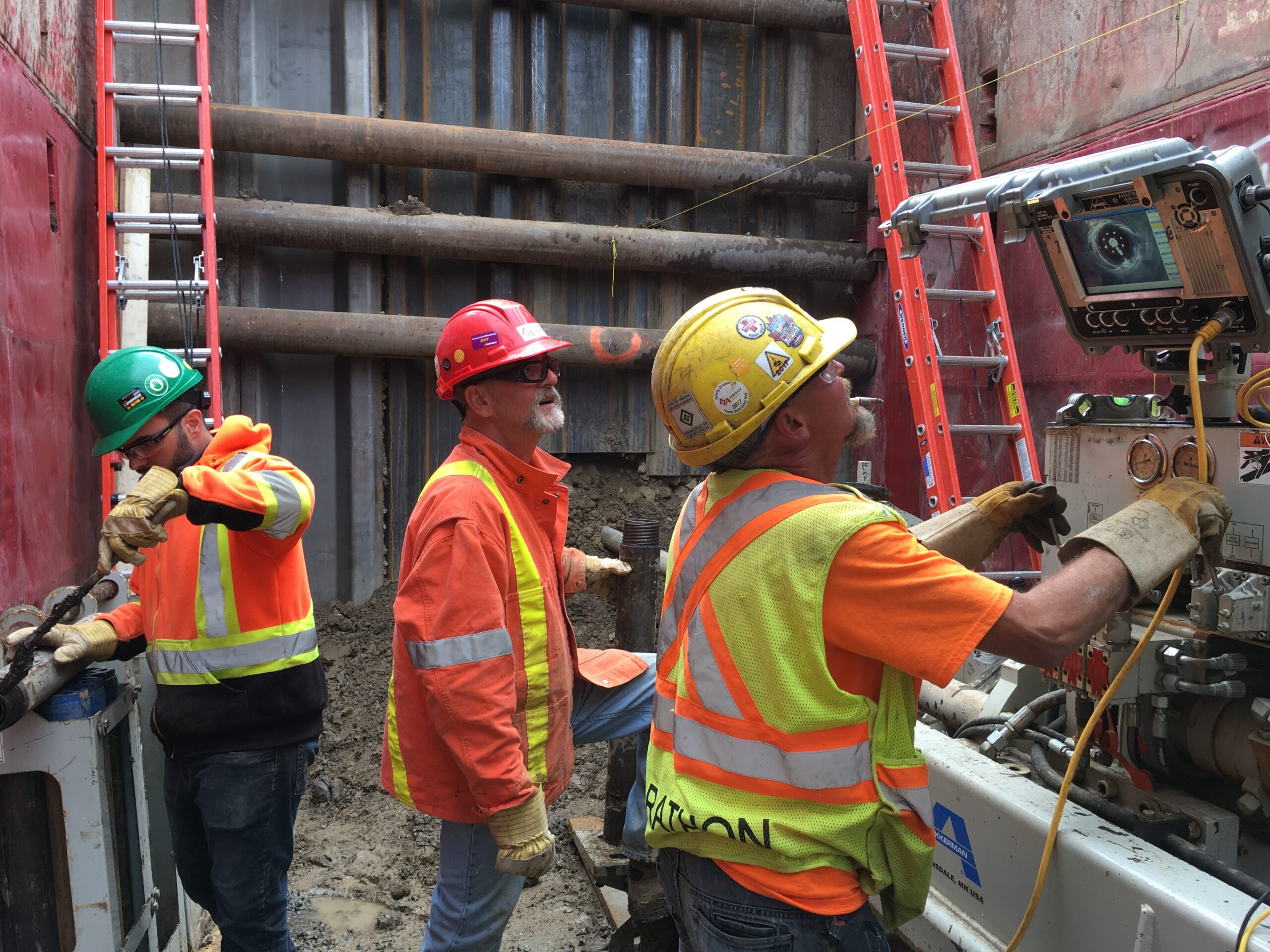Digging Deeper – May 2025
Don’t Let the Little Things Turn into Big Things
You’ve probably seen those sappy Hallmark cards reminding us to pay attention to the little things—because in the end, they often turn out to be the big things. I doubt the folks behind those cards were thinking about trenchless construction, but honestly, the wisdom still applies.
So hop in the metaphorical work truck and ride with me to a typical trenchless jobsite. Let’s talk about a few “little” things that can cause big headaches if we don’t stay sharp.
Set It Straight – Literally
Our machines are some of the most capable, high-tech tools in the world. Big or small, simple or sophisticated, they all have one thing in common: they need someone to point them in the right direction. That shiny rig you just dropped drug-lord levels of cash on still depends on a human being to punch numbers into a laser and drop a stringline.
And that human? Yeah, they’re allowed to make mistakes.
That’s why Mr. Laser Setter-Upper should leave the ego in the truck and bring in a second set of eyes. It’s a simple step that could save thousands. We all know someone who keyed in 0.01% instead of 0.10%, or missed a sneaky little “+/–” on the laser screen. That stuff turns a job into a costly rerun. It’s just a tiny input error—until you’ve dug a tunnel for practice and have to do it all over again to get paid.
Trust but Verify
Speaking of lasers (and theodolites), check them—often. These tools are like toddlers in the other room. If you’re not checking on them regularly, something messy is probably happening.
Picture this: you roll up to the site, things are humming along, pipe’s going in, and everyone’s feeling good. But then you notice—no stringline, no alignment checks in sight. You mention it, and the operator says, “Oh, we did that when we set up. We’re good.”
C’mon, man.
It only takes a few minutes to drop a couple of plumb bobs and confirm alignment. Would you rather spend five minutes checking now, or five days tearing out a misaligned tunnel?
Lube Like You Mean It
Here’s a fun one: do you eat dry toast for breakfast and wait until you’re choking to add butter? Of course not. So why would you wait until jacking loads spike to start pumping lube?
The annular space around your pipe is open once—and once only. If you don’t fill it, Mother Nature will. And once it collapses, no amount of pumping will reopen it.
Lube early, lube often. It’s a small detail that separates a clean, efficient job from a costly, high-friction disaster.
Wrap It Up
In this business, the little things aren’t little for long. A missed decimal, a skipped check, a delayed lube—any of them can snowball into busted budgets, blown deadlines, or worse.
So keep your eyes open. Take the extra minute. Check the alignment. Double-confirm the numbers. Don’t wait for problems to show up with steel-toe boots and a bad attitude.
Let’s save the “little things turning into big things” for our kids’ milestones—not our jobsite mistakes.
About the Author:
Troy Stokes – Sales Manager, Akkerman Inc.
Troy Stokes has been in the trenchless game long enough to remember when slurry microtunneling was the new kid on the block—and he helped bring it to North America back in the ’90s. Since then, he’s stayed at the forefront of trenchless technology, earning recognition like the Microtunneling Achievement Award along the way. When he’s not advancing underground construction methods or lending his voice to trenchless industry groups, you’ll likely find him riding the backroads on his Harley or cheering on his grandkids at an equestrian event with his wife Julie.
Subsurface Stories
Tune in to Subsurface Stories: The Underground Infrastructure Podcast for a deep dive into the world of microtunneling with Troy Stokes, Sales Manager at Akkerman!
Akkerman at the Microtunneling Short Course
Akkerman was proud to serve as the coffee break sponsor at the recent Microtunneling Short Course, where Troy Stokes gave a presentation. Troy, along with Chris Sivesind and Ben Spartz, also attended the event on behalf of our team.






